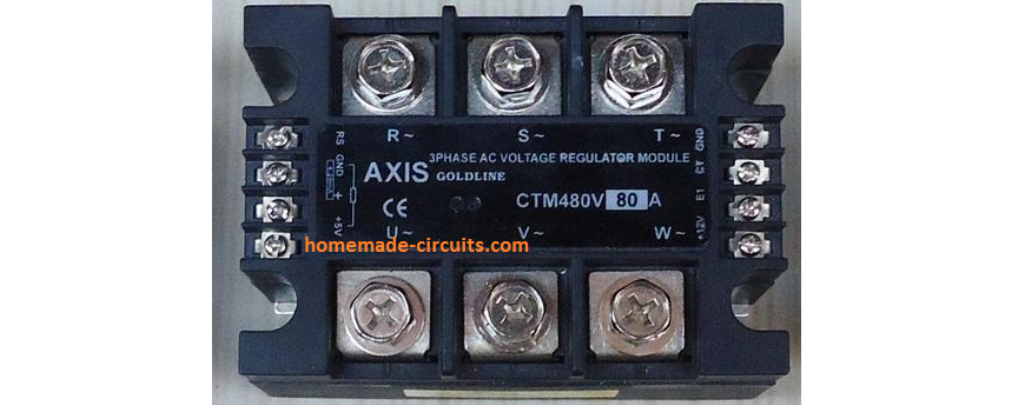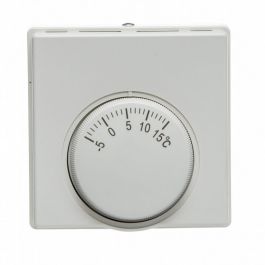How about if you put the Electronic Thermostat Controller in line with one of PV cables? Cutting any solar charging power to the battery when set at the desired low temp? Or inline with your AC charger?
Would this be a problem and any input as to if this could work.


Yes, this would work - only with the limitation that the thermostat controller's "load" Relay must support both the maximum Voltage (Voc) and maximum current of the Solar Array. In the more general case, which I *WILL* use if my SCC cannot withstand lengthy disconnection from the battery bank, you and I can use a "NC" Relay connection to leave the solar connected whenever the Thermostat Controller has
not activated its load terminal.
Although this gets super complicated and super-long, here's what I will have if the SCC must remain connected to the batteries all the time (i.e. all the way through a long, cold night):
The thermostat controller has a permanent "+12v" connected on one relay terminal, while the other terminal leads to the coil "+" terminal on a 5-pin automotive relay. The Solar Array "PV +" comes in on terminal pin 30. It's connected to pin 87 whenever this secondary relay's coil is NOT activated. When the coil is activated by the thermostat relay calling for heat (and solar disconnection), pin 87 is disconnected from pin 30 - and pin 87a is "connected " to pin 30 instead. But in the Relay socket, we have connected pin 87a to absolutely nothing, because the Voltage is too high for running the heater pads.
A different Relay needs to activate the heater pads from the battery itself, and that relay needs to be limited by another control circuit: You probably don't want to keep the battery warm all through the night, using its own energy - so your activation of that switch should depend on both the "low temperature condition"
and a timer, starting from (at most) a couple of hours before the Solar Charging day has started, and ending with the end of the charging day.
In my RV Solar Configuration, this requires the so-called "automotive Relay" to switch almost 80V on the critical load terminal terminals. But the "High-Current" Relays which I have been using have massive contacts and floating arms, and are already doing that in connection with a closely related application which switches my Solar input leads
over here. That auto-switching "Charge from the TV" scheme has been running for many years, with no problems. I'll simply be putting another Relay behind the "switcher" which is already there, adding this temperature-based interrupter one step closer into the "PV +" SCC input.
(Although, in fact, If I go to all of this trouble - I might as well add an additional "auto-switch" Relay for making the batteries warm themselves, when too cold and the "Now charging from TV" circuit has been activated. As soon as they've warmed up, they'll be getting 430 watts of input to charge them back up.) Go ahead and "like" if this made any sense - I think that I've addressed almost everything in this post.






